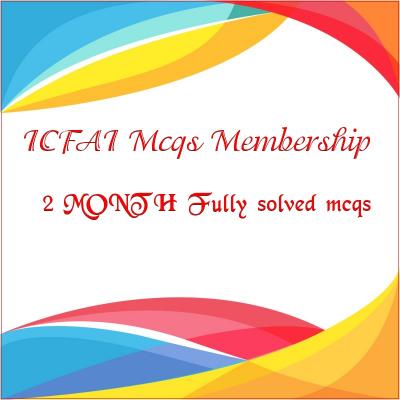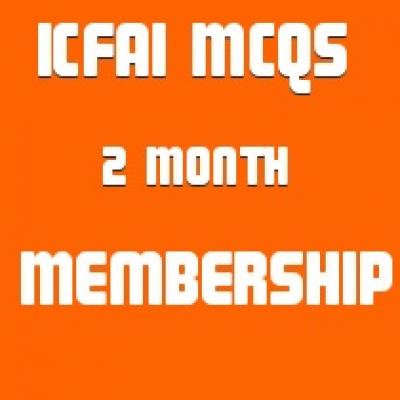IT FOR MANAGEMENT
Price:
Rs500
Case 2 -Intranets: Invest First, Analyze Later? The traditional approach to information systems projects is to analyze potential costs and benefits before deciding whether to develop the system. However for moderate investments in promising new technologies that could offer major benefits. Organizations may decide to do the financial analyses after the project is over. A number of companies took this latter approach in regard to intranet projects initiated prior to 1997. Judd’sLocated in Strasburg. Virginia, Judd’s is a conservative, family-owned printing company that prints Time magazine, among other publications. Richard Warren. VP for IS. Pointed out that Judd’s “usually waits for technology to prove itself…. But with the Internet the benefits seemed so great that our decision proved to be a no-brainer.” Judd’s first implemented internet technology for communications to meet needs expressed by customers. After this it started building intranet of the significance of these applications to the company is the bandwidth that supports them. Judd’s increased the bandwidth by a magnitude of about 900 percent in the 1990s without cost-benefit analysis. Eli Lilly & CompanyA very large pharmaceutical company with headquarters in Indianapolis, Eli Lilly has a proactive attitude toward new technologies. It began exploring the potential of the Internet in 1993. Managers soon realized that, by using intranets, they could reduce many of the problems associated with developing applications on a wide variety of hardware platforms and networking configurations. Because the benefits were so obvious, the regular financial justification process was waived for intranet application development projects. The IS group that helps user departments develop and maintain intranet applications increased its staff from three to ten employees in 15 months. Needham InteractiveNeedham, a Dallas advertising agency, has offices in various parts of the country. Needham discovered that, in developing presentations for bids on new accounts, employees found it helpful to use materials from other employees’ presentations on similar projects. Unfortunately, it was very difficult to locate and then transfer relevant ,materials in different locations and different formats. After doing research on alternatives, the company identified intranet technology as the best potential solution. Needham hired EDS to help develop the system. It started with one office in 1996 as a pilot site. Now part of DDB Needham, the company has a sophisticated corporate wide intranet and extranet in place. Although the investment was “substantial”, Needham did not do a detailed financial analysis before starting the project. David King, a managing partner explained. “the system will start paying for itself the first time an employee wins a new account because he had easy access to a co-worker’s information.” Cadence Design SystemsCadence is a consulting firm located in San Jose, California. It wanted to increase the productivity of its sales personnel by improving internal communications and sales training. It considered Lotus Notes but decided against it because of the costs. With the help of a consultant, it developed an internet system. Because the company reengineered its sales training process to work with the new system, the project took somewhat longer than usual.International Data Corp., an IT research firm, helped cadence do an after-the-fact financial analysis. Initially the analysis calculated benefits based on employees meeting their full sales quotas. However, IDC later found that a more appropriate indicator was having new scales representatives meet half their quota. Startup costs were $280,000, average annual expenses were estimated at less than $400,000, and annual savings were projected at over $2.5 million. Barry Demak, director of sales, remarked, “we knew the economic justification…would be strong, but we were surprised the actual numbers were as high as they were.”
Questions:
1. Where and under what circumstances is the “invest first, analyze later” approach appropriate? where and when is it inappropriate? Give specific examples of technologies and other circumstances.
2. How long do you think the “invest first , analyze later” approach will be appropriate for intranet projects? When (and why) will the emphasis shift to traditional project justification approaches? (Or has the shift already occurred?)
3. What are the risks of going into projects that have not received a through financial analysis? How can organization reduce these risks?
4. Based on the numbers provided for Cadence Design System’s intranet project, use a spread sheet to calculate the net present value of the project. Assume a
5-year life for the system.
1. Case study solved answers
2. pdf/word
3. Fully Solved with answers







